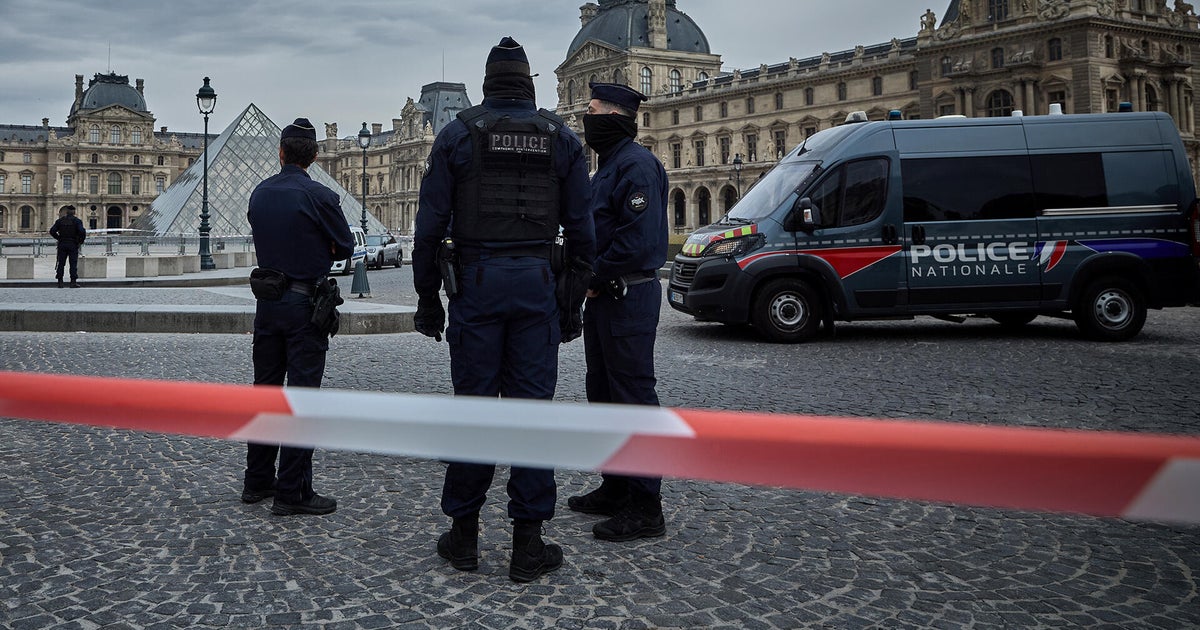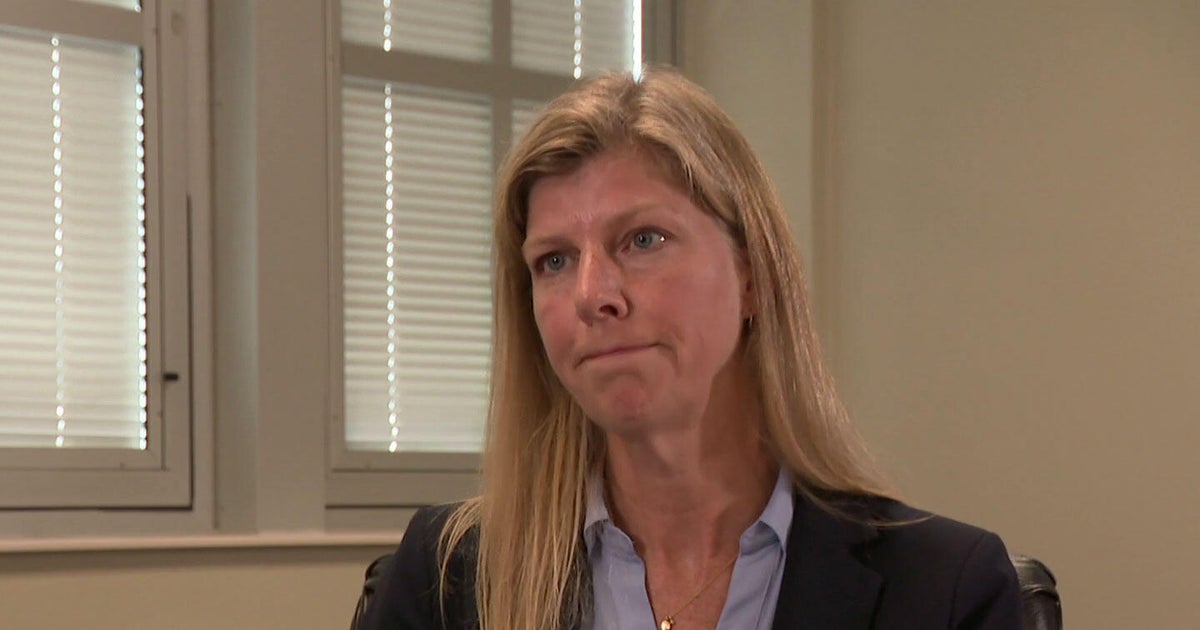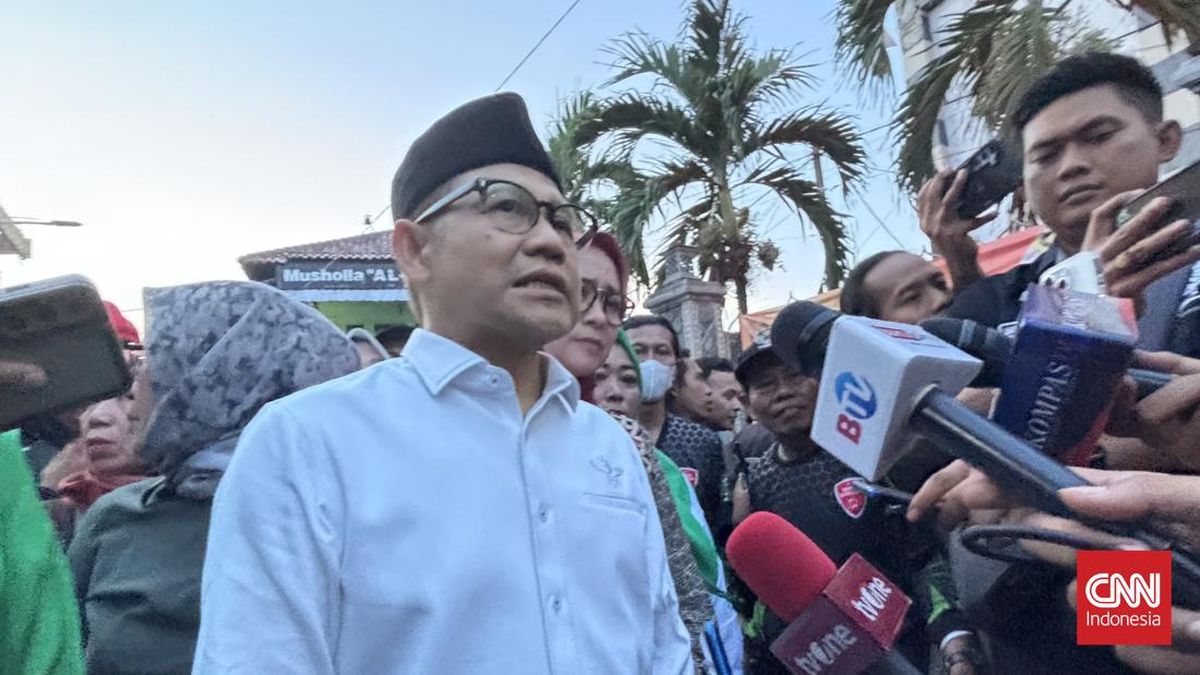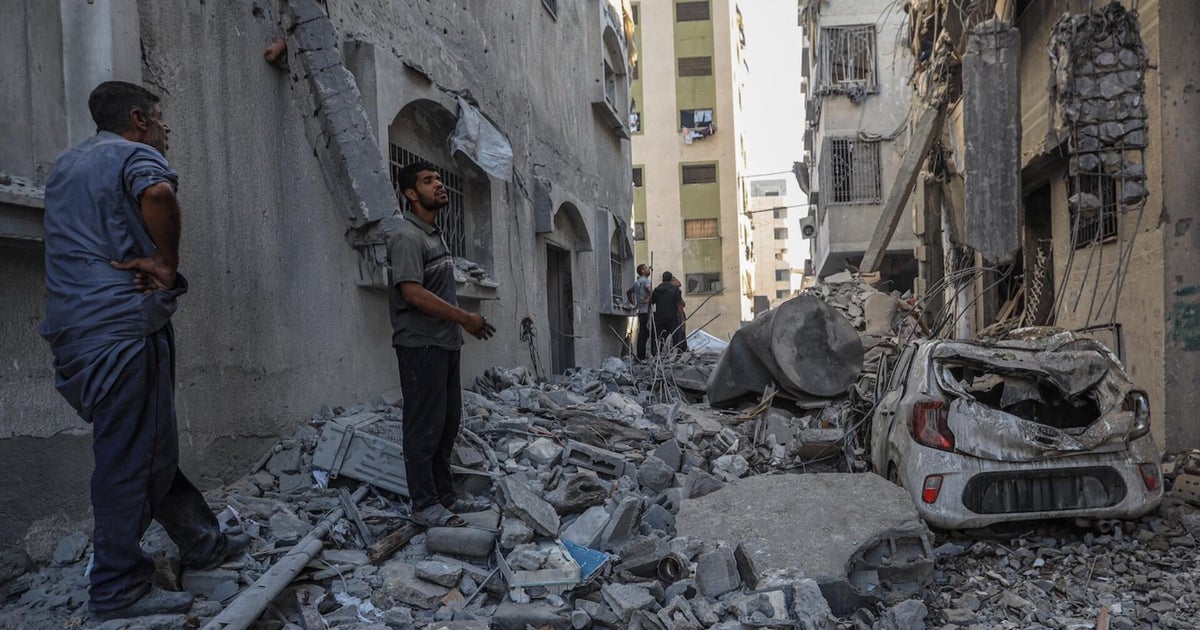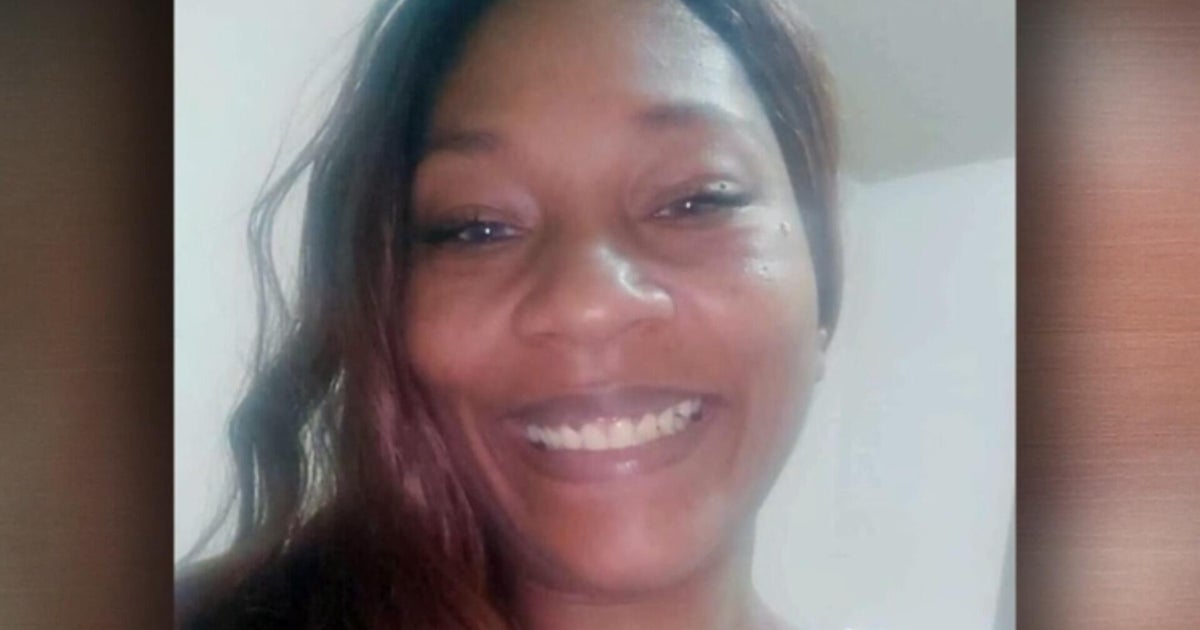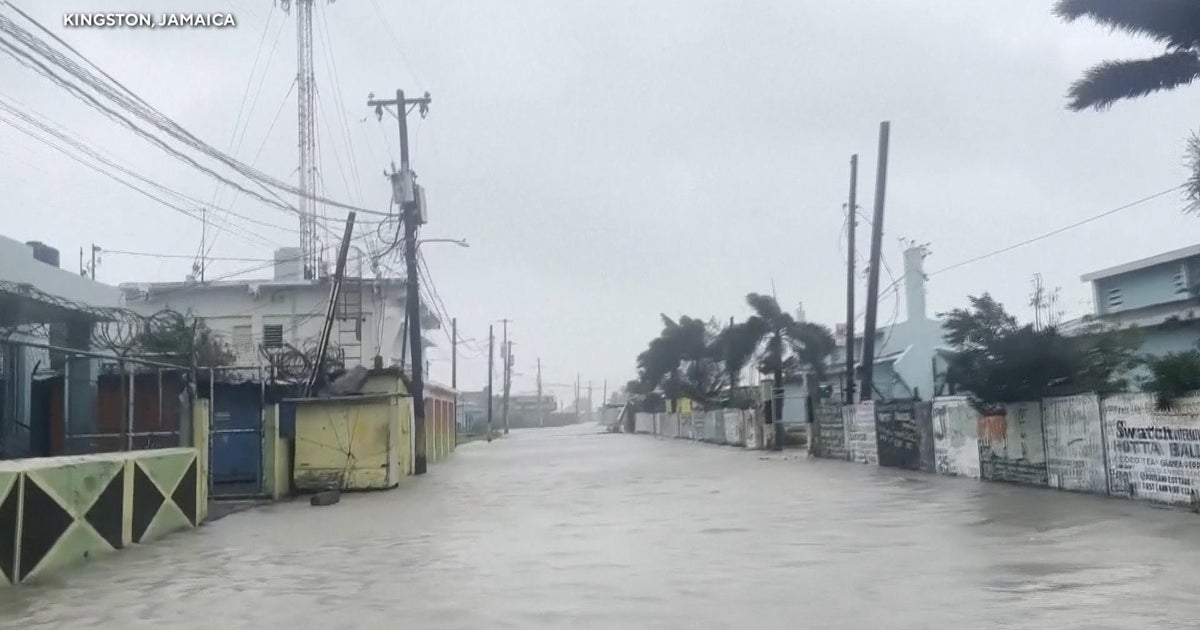Guy HedgecoeIn Benetússer, Valencia region

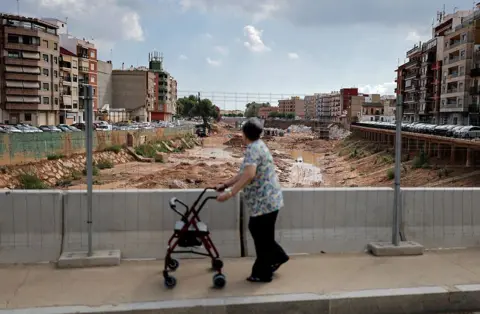 Getty Images
Getty Images
More than 230 people died in eastern Spain as a result of the 29 October 2024 floods
The last time Toñi García saw her husband, Miguel, and 24-year-old daughter, Sara - their only child - was when flash floods struck their hometown of Benetússer a year ago.
Miguel and Sara went down to the garage in the basement of their home to move their car. But floodwater poured in and they were unable to escape.
"The military scuba divers who found the bodies of my husband and daughter said that they had managed to get out of the car and they were together, holding each other," says Toñi, in tears.
That was on 29 October 2024, a date now etched into the psyche of the people of Benetússer and many other towns in the Valencia region, in eastern Spain.
The worst floods Spain had seen for decades - a phenomenon known by meteorologists as the Dana - killed 229 people in the region, with another eight dying in neighbouring Castilla-La Mancha and Andalusia.

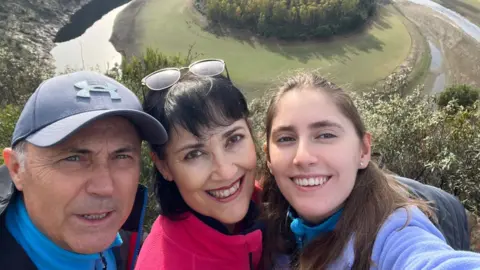 Guy Hedgecoe/BBC
Guy Hedgecoe/BBC
"It's what hurts me the most – the tragic way in which they died," says Toñi García (C)
"They didn't reach the garage door, because it was so much water, so many metres deep. Water and mud," Toñi remembers.
"I know that they had time to know that they would die," she adds. "It's what hurts me the most – the tragic way in which they died."
A year on, Valencia still grieves.
A state memorial service will be held on Wednesday in the City of Arts and Sciences complex, with King Felipe VI and Prime Minister Pedro Sánchez among those expected to attend.
Even for many of those who did not suffer personal loss, the legacy of the tragedy lingers.
Jennifer Arango Bonilla and her family watched the floodwaters from the safety of their first-floor flat nearby in Benetússer, but for her nine-year-old son Emmanuel the trauma is hard to leave behind.
"Whenever it rains he is very scared and thinks it's all going to happen again," says Jennifer, adding that the event has affected his behaviour. "Before, he was boy who talked more, played more and interacted more with other children. Now he's quieter."
This is a common phenomenon among children who were in the towns worst affected by the floods. Nearly a third of them still suffer fear of rain and loud noises and a quarter experience nightmares or insomnia, according to Save the Children.
Yet despite the emotional pain, the region has been making substantial strides back to normality.
Paiporta was the town that became synonymous with the Dana because of the enormous devastation it suffered, with 56 inhabitants losing their lives.
The legacy of the weather phenomenon is still visible there. The ground floors of some buildings are propped up by scaffolding and appear on the verge of collapse and in some areas rubble is piled high as diggers continue the reconstruction work.
But the mud that caked Paiporta's streets for months after the floods has gone, as have the armoured military vehicles that gave the town the appearance of a war zone, as the army provided help cleaning up and distributing aid.
Vicent Ciscar, the mayor, believes full reconstruction could take several more years, with street lighting, for example, yet to be restored. But he says Paiporta has an opportunity to "become a new, more resilient, town", given the threat of future weather events.
This will mean, for example, rethinking how and where cars, which caused so much damage when they were washed away during the Dana, are parked.
Ciscar says a range of precautionary measures have already been introduced, including readers to measure the depth of the water in the channel running through the town which burst its banks a year ago, as well as tighter protocols for civil servants to follow during weather alerts.
"We now have messages that are conveyed to inhabitants regarding what they should or shouldn't do [in the event of a flood] and we are going to be constantly reviewing our procedures in order to avoid a repeat of this disaster," he said.
While Valencia's infrastructure returns to something like normal and logistical lessons appear to have been learned, anger at the handling of the Dana on the day it struck refuses to fade.

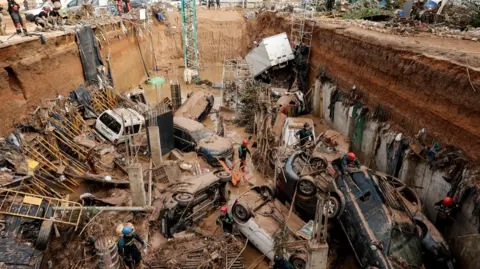 EPA
EPA
Fifty-six people lost their lives in the town of Paiporta
In particular, the regional government's use of an emergency alarm, sent to the phones of Valencia residents and warning them to remain indoors because of the weather, has come under scrutiny.
The alarm was not triggered until after 20:00 on 29 October, by which time the flood water had already wreaked havoc and claimed dozens of lives.
The actions and movements of regional president Carlos Mazón that day have also been criticised, especially given apparent inconsistencies in his own version of events.
It has emerged that the conservative leader spent nearly four hours in a restaurant with a journalist, Maribel Vilaplana, while other members of his government were attempting to manage the crisis.
His whereabouts are still unclear between the end of the lunch and his arrival at the headquarters of the local emergency agency, at around 20:30, shortly after the phone alert had been issued.
On Saturday, tens of thousands of protesters gathered in Valencia's city centre, the latest in a series of demonstrations calling for Mazón's resignation.

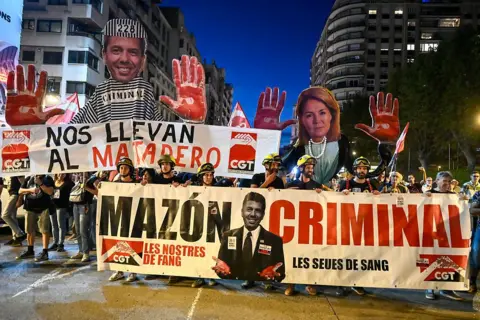 Getty Images
Getty Images
"Our hands are full of mud, yours are full of blood," read a banner at Saturday's protest
"He refuses to accept his responsibility, and the people of Valencia deserve for the person who was responsible for everything that happened to be removed and pay for the deaths of 229 people," said Clelia Rodríguez, a local woman who took part in the protest.
Noélia Donat, a student who was at the demonstration, said Mazón and his regional government "have blood on their hands and they have to face justice for their actions".
The opprobrium has meant that Mazón has frequently been barracked at public appearances and his presence at Wednesday's state memorial service has been cast in doubt due to objections by victims' relatives.
A recent poll showed that 83% of people in the region believe Mazón should resign.
However, he refuses to step down and appears safe, for now, due to the support of the far-right Vox party. The regional government did not respond to requests by the BBC for an interview with a representative.
Mazón says the blame for the tragedy lies with the Socialist-led central government and state institutions, such as the national weather agency, for allegedly failing to provide his administration with sufficient information and support on 29 October.
He has insisted he should be judged on the reconstruction of the region and in September he said his government had made "a titanic and lung-busting effort" to "ensure normality for our roads and public transport and take a giant step in the economic and social recovery of the Valencia region".
However, a judicial inquiry into possible negligence is under way.
The investigating judge has already flagged the "notably late" use of the phone alarm and highlighted the "avoidability of the overwhelming number of deaths".
Although he has immunity from prosecution, the coming weeks could be delicate for Mazón.
The magistrate has called the journalist Maribel Vilaplana for questioning on 3 November about the now-infamous lunch she had with him. The Valencia president himself is due to face a Spanish parliamentary commission on 17 November.
But while the judicial and political fallout from the Dana continues, the people of Valencia are all too aware that this weather phenomenon could strike again with force.
"We have to teach our kids to handle this problem," said Rodrigo Hernández, head of the Valencia regional office for Save the Children. "We have to be ready for the next one."

 12 hours ago
3
12 hours ago
3


